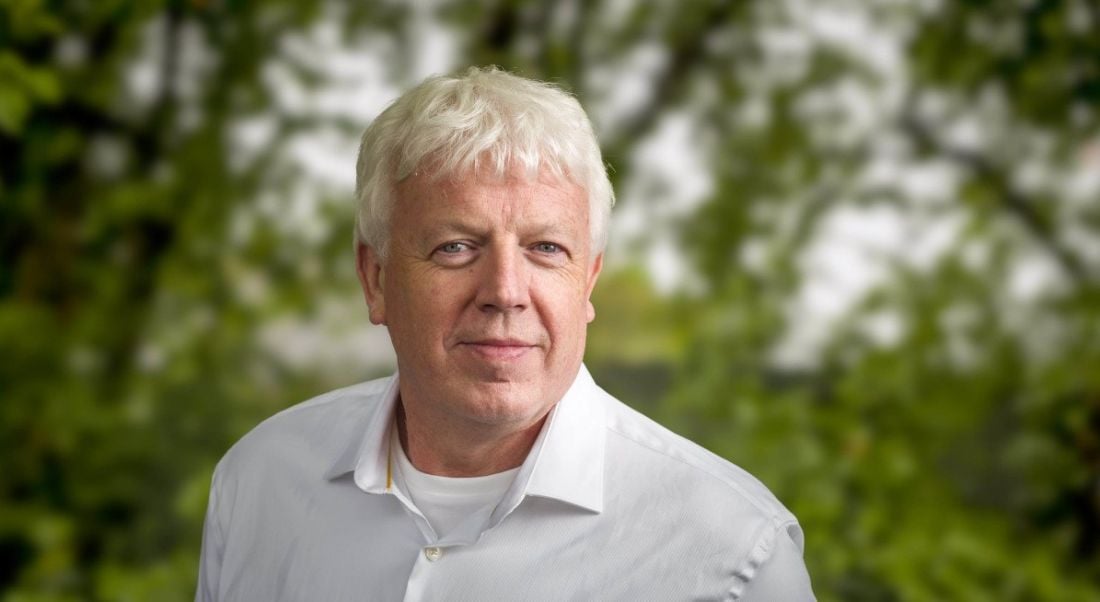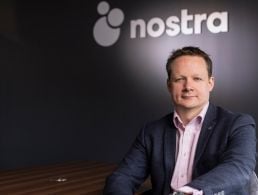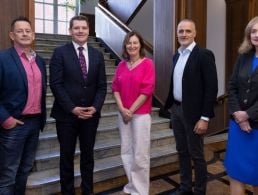The Wicklow-based tech company is hiring for its sales and engineering divisions over the next three years.
Bray-headquartered Data Edge is creating 10 new jobs over the next three years, doubling the size of the company.
The news comes as Paul Phelan becomes the new CEO of the company, taking over from its founder, Brian McBride, after more than 30 years at the helm.
Data Edge was established in 1989 and provides field test equipment for telecommunications companies. The company has installed and managed a large percentage of Ireland’s critical synchronisation and timing infrastructure, including the installation of the country’s first caesium clock in the late ’80s.
The company now helps companies understand and plan their network usage, assisting in the assurance of end-users’ quality of experience.
The new jobs will be in the company’s sales and engineering divisions. Phelan said the workforce expansion will support moving into new areas in the coming years.
“As we embark on a new phase of growth, we look forward to helping new clients protect their GNSS (Global Navigation Satellite System) and network synchronisation systems with our transformative GPS anti-jamming solution, and we’re also particularly excited to broaden our portfolio into data centre power and efficiency monitoring,” he said.
Phelan originally joined the company as a development engineer in 1994. He then moved through the ranks, becoming engineering director and CTO for Data Edge. His appointment as CEO follows an internal management buy-out.
“I’m delighted to formally take the reins at Data Edge, having spent almost three decades helping to build and shape the company’s success,” said Phelan.
“In that time, we’ve worked with some tremendous suppliers and customers. Looking ahead, as consumer bandwidth and modern communications demands push our telcos, and equipment and service companies to greater heights of sophistication, Data Edge, with access to the latest engineering brains, are in a great position to help guide and consult through the challenging waters of the present and continuing communications evolution.”




